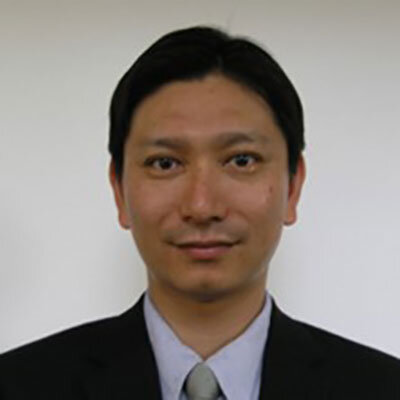Transporter Search Technology
Keietsu ABE
Professor
Laboratory of Applied Microbiology,
Graduate School of Agricultural Science, Tohoku University


Keietsu ABE
Professor
Laboratory of Applied Microbiology,
Graduate School of Agricultural Science, Tohoku University


It enables the search of transporters that discharge target compounds out of cells.
Example of ApplicationUseful aromatic compounds
When a compound is produced using a microorganism, etc., particularly when a membrane-impermeable compound is targeted, the discharge of the product out of the host cell affects the efficiency of production. If the extracellular discharge of the product is delayed, the product accumulates inside the cell, causing negative feedback, leading to the inhibition of the biosynthetic reaction. In such cases, the solution is to express a "transporter," which properly transports the target compound out of the cell, on the cell membrane.1 Recent advances in genomic analysis have revealed the presence of genes encoding 300 to 1,000 transporters on the genome of living organisms. On the other hand, since transporters are localized in the membranes, it is necessary to solubilize the cell membranes using a detergent to obtain transporters during purification. In addition, to analyze enzymatic functions, complicated technologies, such as an artificial membrane vesicle (liposome) reconstruction method, are required. Therefore, the functions of many transporter genes remain unknown. Actually, even though the search for the efflux transporter of the target compound is attempted based on literature information and genomic information, obtaining the information on the transporter of the target is extremely difficult. In this project, by integrating the information analysis technology owned by the National Institute of Advanced Industrial Science and Technology (AIST) and the transporter search technology developed by Tohoku University, we have developed a technology for searching for transporters of the target compounds while shortening the time required with the conventional transporter search method.
The research group led by Aburatani et al. at the Biotechnology Research Institute for Drug Discovery of AIST has developed a technology for extracting transporter genes, contributes to the production of target compounds, based on genomic information and gene transcriptional analysis data. Using this technology, they narrowed down the candidate transporter genes from the transporter genes encoded in the genome. Next, at Tohoku University, by applying the transporter search technology2 developed by them independently, they conducted the search for transporters of target compounds, through experimental investigation of the functions of transporter genes extracted by Aburatani et al. at AIST, using the technologies such as mass spectrometry. In this project, we succeeded in searching for transporters of amino acids and organic acids (kojic acid, etc.) in a shorter time, which was one-third to one-fifth of the time required with the conventional search method. Furthermore, we have verified that the introduction of the searched transporter genes can promote efficiency in the production of the target compound.

1) K. Nanatani, M. Nakayama, T. Shintani, and K. Abe: Chapter 12, Smart Cell Industry -Prospect of bio-based material production using microbial cells-, CMC Publishing (2018)
特願2018-087700 所定の化合物に対する膜タンパク質のスクリーニング方法及び所定の化合物の生産方法, 2018年4月27日, 発明者 七谷圭, 阿部敬悦, 新谷尚弘, 米山裕, 中山真由美, 出願人 国立大学法人 東北大学
Last updated:December 25, 2023